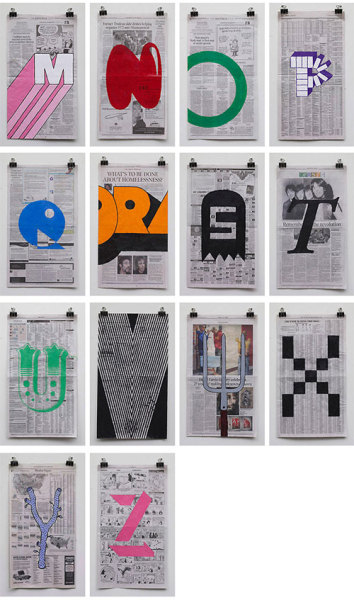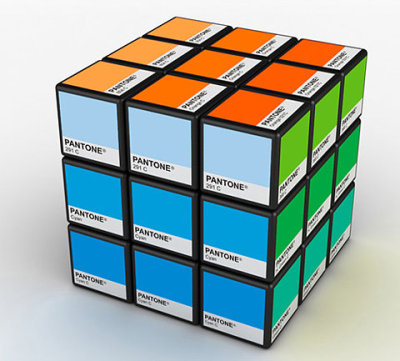Though enjoyable in parts, overall I found the film underwhelming. In comparison to Sin City, with its dark, gritty art style and superb direction, it felt almost amateur in comparison. The obviously airbrushed and composited landscapes/skylines just didn't work for me. Clearly they were intended to be stylised rather than realistic, but it broke any immersion in the film I had, and just made me wish it could have been filmed in actual locations, with tweaks to contrast/saturation and tint added in post production, rather than during the creation of the scenes. There seemed to be a vast amount of effects thrown around with little thought or consideration, successfully creating a surreal feel, but without any of the subtlety and finesse of the graphic novel.

In contrast, Sin City didn't constantly over-do the graphic style, yet managed to remain even more faithful, visually, to the graphic novel than 300. Despite being almost entirely black and white it never felt bleak and dull like 300 managed to in certain parts with extensively desaturated colours and dark tones. The fact that colour was so sparingly used in Sin City made it even more effective, and the couple of scenes in 300 which were shot in a very similar art style just felt cheap and thrown in last minute, as a homage.

After sitting through the credits which were created with a more illustrative style, similar to the Casino Royale film intro, what i'd really like to see in future from Miller is a film adaption of a graphic novel shot with an identical (or closely adapted) art style, like Persopolis (shown below). Though he has proven it can be effective to translate illustration into a real-world template in Sin City, 300 seemed like a missed opportunity, and it would be interesting to see whether he could translate his traditional graphic novel format into a full length animated feature film.








